Small Hot Chili: The Fiery Flavor That Packs a Punch
Table of Contents
Introduction to Small Hot Chilies
If you're a spice lover, you know that the smallest chilies can deliver the biggest heat. Small hot chilies are a favorite among chefs and home cooks alike because they offer intense flavor without overwhelming the dish. Whether you're making a spicy salsa, a fiery curry, or a zesty marinade, these tiny peppers can make all the difference.
But what exactly makes a chili 'small'? It's not just about size—it's about how it packs its punch. Some small chilies are super spicy, while others have a more balanced heat with fruity or smoky undertones. In this guide, we'll explore everything you need to know about small hot chilies, from how to handle them to how to use them in your cooking.
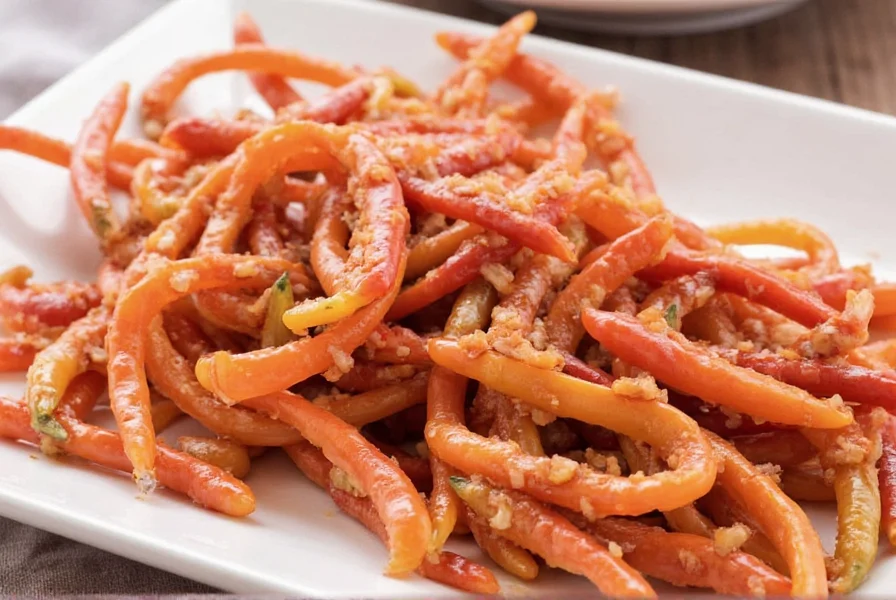
Practical Tips for Handling Small Hot Chilies
Handling small hot chilies might seem simple, but there are a few things you should know to avoid burning your hands (or your taste buds). Here are some practical tips:
- Wear gloves when cutting or handling hot chilies—especially if you're working with a lot of them.
- Use a knife and cutting board that are easy to clean, since chili oils can be hard to remove.
- Avoid touching your face or eyes after handling chilies. Even a small amount of oil can cause irritation.
- Rinse your hands thoroughly with soap and water after handling chilies.
- Keep chilies away from pets—they can be harmful if ingested.
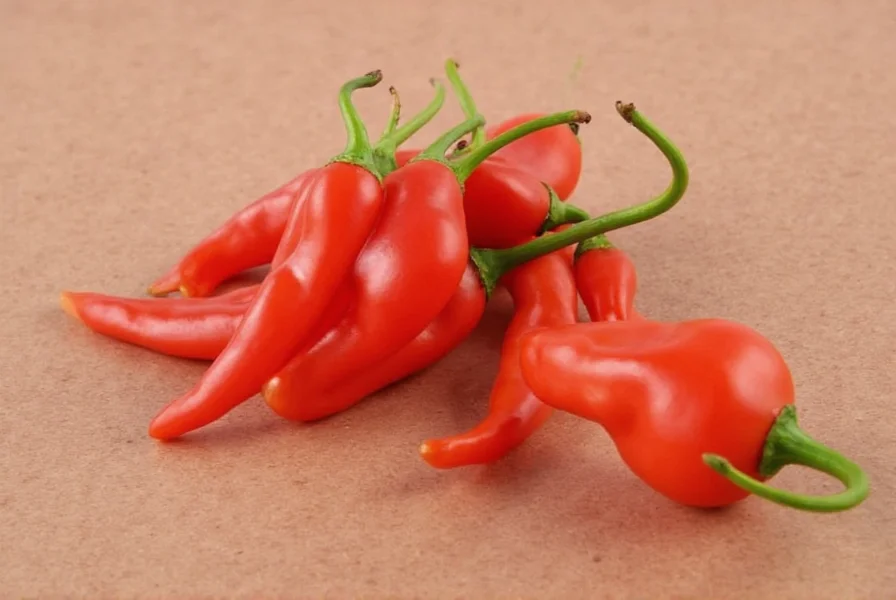
Cooking With Small Hot Chilies
Small hot chilies are incredibly versatile. They can be used raw, cooked, roasted, or even dried. Here are a few ways to incorporate them into your cooking:
- Raw in salsas and dips: Add chopped small hot chilies to guacamole, pico de gallo, or hummus for a spicy kick.
- Cooked in sauces and stews: Small chilies can add depth and heat to tomato-based sauces, curries, and soups.
- Roasted for extra flavor: Roasting small chilies enhances their natural sweetness and gives them a smoky edge.
- Dried and ground into powder: Some small chilies are dried and turned into chili powder, which is great for seasoning meats or adding heat to baked dishes.
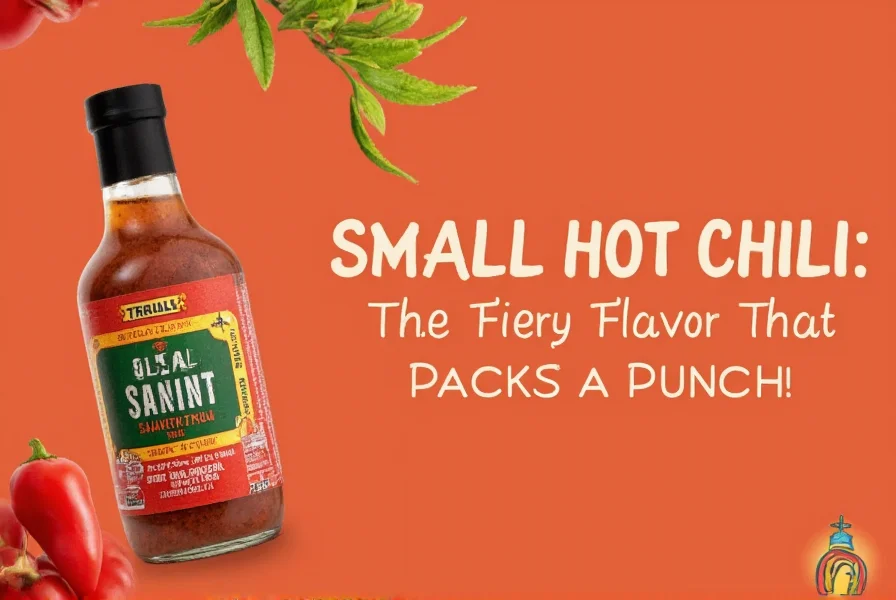
Buying Guide: How to Choose the Right Small Hot Chili
When shopping for small hot chilies, there are a few key factors to consider:
- Heat level: Different chilies have different levels of heat. Some are mild, while others are extremely hot. Know what you're looking for before you buy.
- Flavor profile: Small chilies can range from sweet and fruity to smoky and earthy. Choose based on the flavor you want to bring to your dish.
- Freshness: Look for firm, shiny chilies with no soft spots or blemishes.
- Origin and variety: Some chilies are known for their unique flavors and heat levels, such as Thai bird’s eye chilies or Mexican serrano chilies.
Here are a few popular small hot chilies and their features:
| Chili Variety | Heat Level (Scoville) | Flavor Profile | Best Uses |
|---|---|---|---|
| Thai Bird’s Eye Chili | 50,000–100,000 | Sharp, citrusy, slightly sweet | Soups, curries, stir-fries |
| Mexican Serrano Chili | 10,000–25,000 | Crunchy, grassy, slightly smoky | Guacamole, salsa, grilled meats |
| Peruvian Aji Amarillo | 30,000–50,000 | Tropical, tangy, slightly sweet | Peruvian dishes, sauces, ceviche |
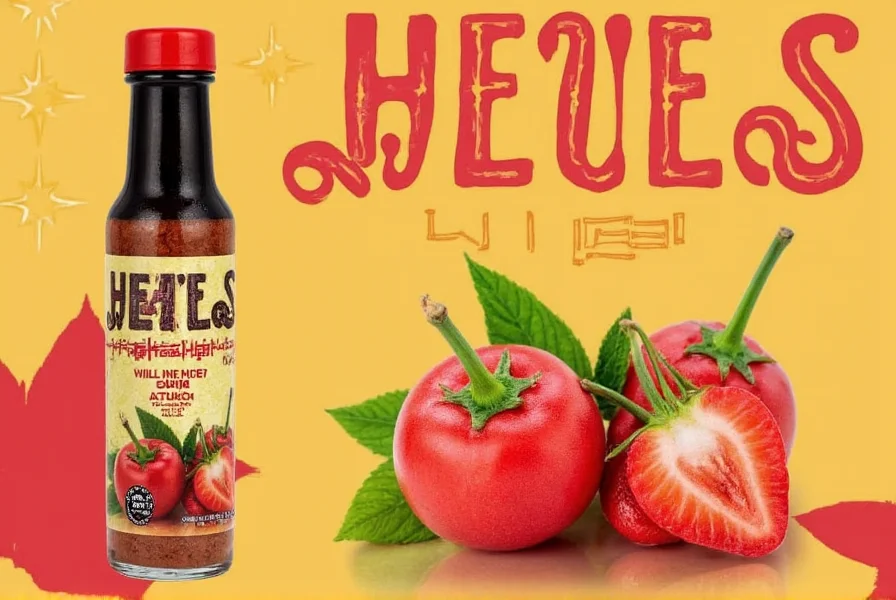
Comparing Small Hot Chilies: A Flavor and Heat Guide
To help you choose the right small hot chili, here’s a quick comparison of some of the most popular varieties:
| Chili | Heat Level | Flavor | Best For |
|---|---|---|---|
| Tabasco Pepper | 30,000–50,000 | Sharp, tangy, slightly sweet | Hot sauce, marinades, dressings |
| Jalapeño | 2,500–8,000 | Mild, green, slightly sweet | Quesadillas, salsas, stuffed peppers |
| Cayenne Pepper | 30,000–50,000 | Spicy, sharp, slightly smoky | Curries, chili, spice blends |
| Habanero | 100,000–350,000 | Smoky, citrusy, floral | Hot sauces, tropical dishes, desserts |
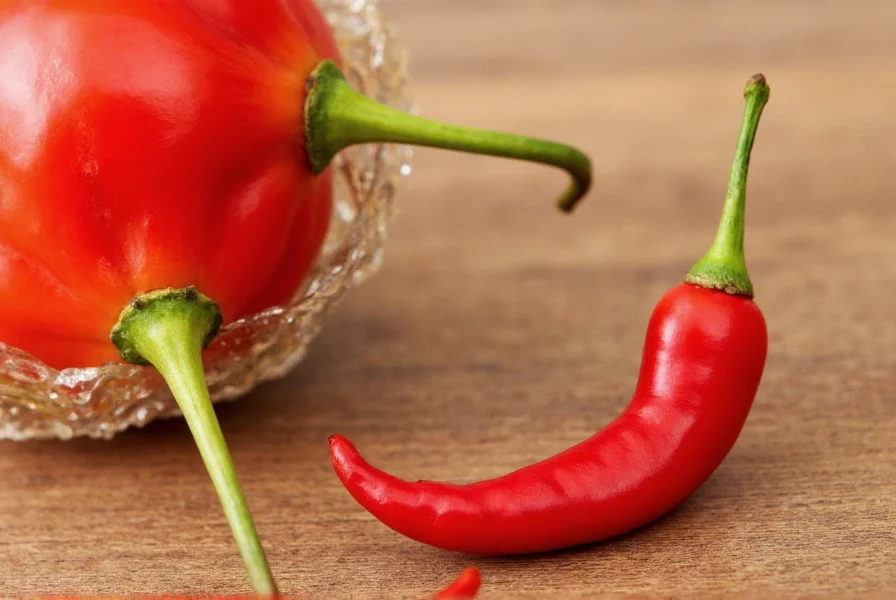
Conclusion
Small hot chilies may be tiny in size, but they pack a powerful punch in terms of flavor and heat. Whether you’re a seasoned chef or a home cook looking to add some fire to your meals, these little peppers can elevate your dishes in countless ways.
Remember to handle them with care, choose the right variety for your recipe, and don’t be afraid to experiment. After all, the best recipes often come from a little bit of spice and a lot of creativity.
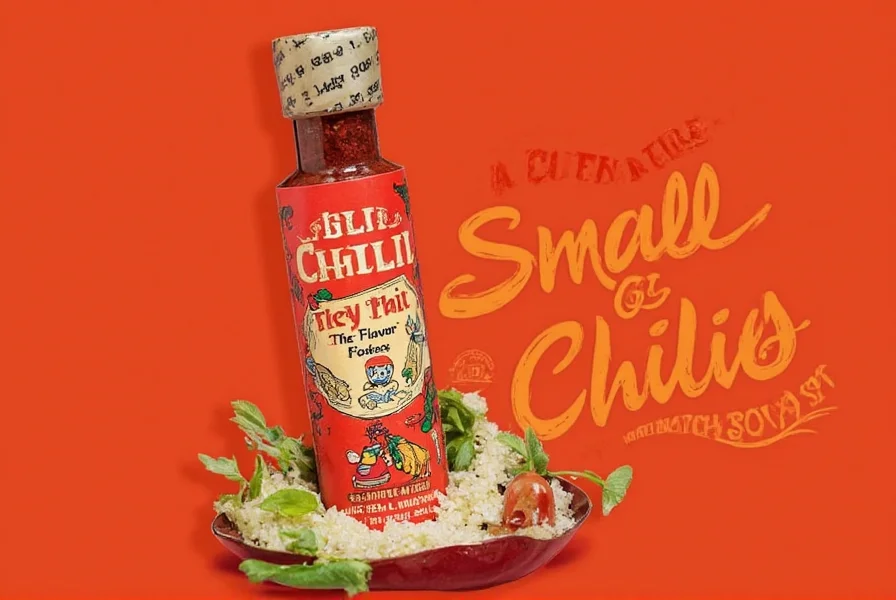
The small hot chili is a perfect example of how something so small can have such a big impact. From its intense heat to its complex flavor, it’s a must-have for any spice enthusiast.

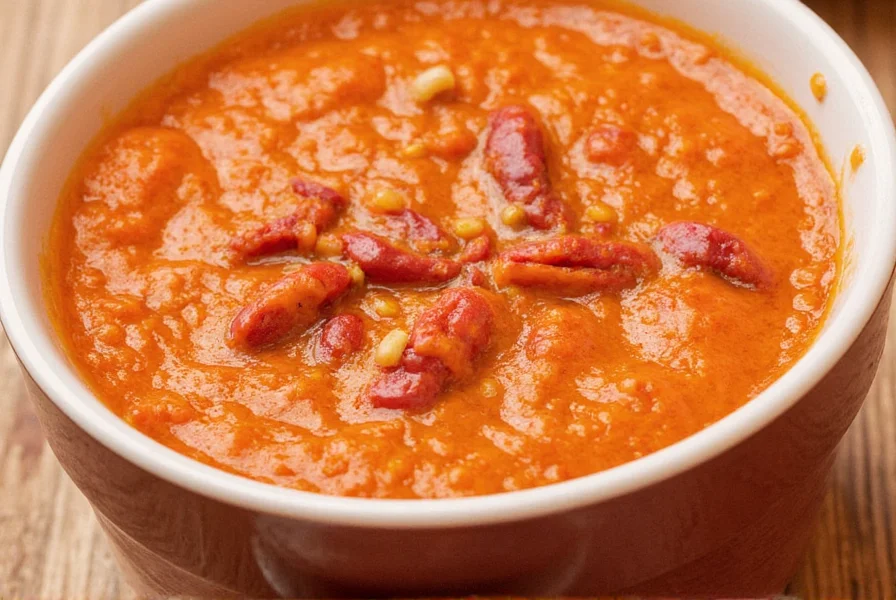









 浙公网安备
33010002000092号
浙公网安备
33010002000092号 浙B2-20120091-4
浙B2-20120091-4